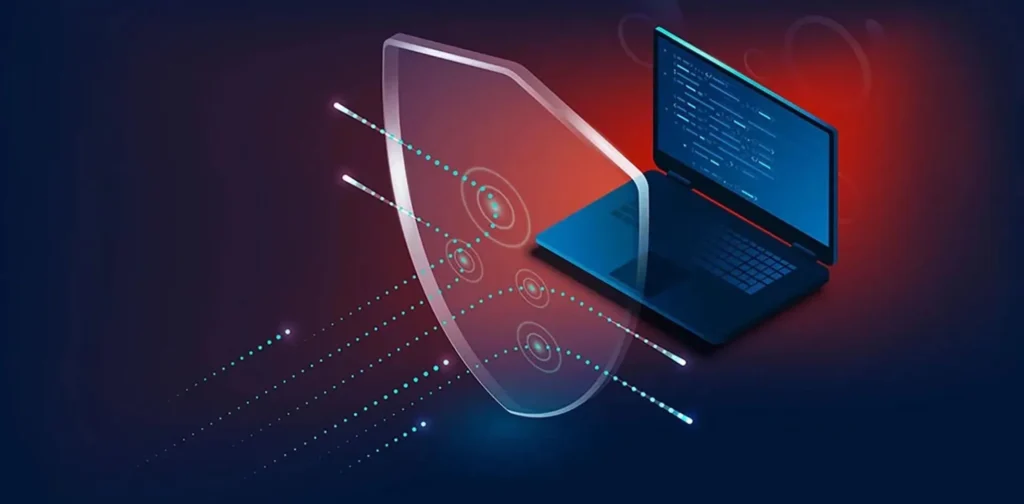What Is An Anti-Spyware?
Antispyware, also known as anti-malware or antivirus software, is designed to protect your computer and digital devices from malicious software, including spyware. Spyware is a type of malware that secretly collects information about a user’s activities without their knowledge or consent. Antispyware software works by detecting, blocking, and removing spyware from your system.

Here are the general steps that antispyware software takes to identify and counter spyware:
- Scanning: Antispyware software performs regular scans of your computer’s files, programs, and memory to identify any known patterns or signatures associated with spyware. It compares these patterns against an updated database of known spyware threats.
- Signature Detection: Antispyware software uses signature-based detection to compare the files on your computer against a database of known spyware signatures. If it finds a match, it identifies the file as spyware and takes appropriate action.
- Heuristic Analysis: Antispyware software also uses heuristic analysis, which involves examining the behavior of programs and files to identify suspicious patterns or activities. This helps detect new or unknown spyware threats that do not have a specific signature in the database.
- Real-time Protection: Many antispyware programs provide real-time protection, actively monitoring your system while you use it. They analyze incoming and outgoing data, file downloads, and program executions in real-time, looking for signs of spyware activity. If something suspicious is detected, it can prompt you to take action or automatically block and remove the threat.
- Quarantine and Removal: When spyware is detected, antispyware software typically isolates the infected files by moving them to a quarantine area. This prevents them from causing further harm. Users can then review the quarantined items and decide whether to delete or restore them.
- Updates: Antispyware software regularly updates its database of known spyware signatures to stay up to date with the latest threats. These updates include new signatures and heuristic rules to improve the software’s ability to detect and counter emerging spyware threats.
It’s important to note that while antispyware software is effective at detecting and removing many types of spyware, it’s not foolproof. New and sophisticated spyware variants can sometimes evade detection. Therefore, it’s crucial to keep your antispyware software updated and practice safe computing habits, such as avoiding suspicious downloads and websites, to minimize the risk of spyware infections.
Share this content:
Leave a Reply